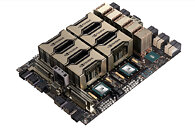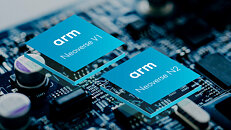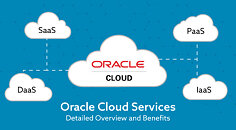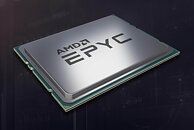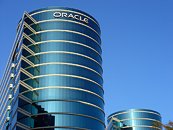
NVIDIA Announces New Switches Optimized for Trillion-Parameter GPU Computing and AI Infrastructure
NVIDIA today announced a new wave of networking switches, the X800 series, designed for massive-scale AI. The world's first networking platforms capable of end-to-end 800 Gb/s throughput, NVIDIA Quantum-X800 InfiniBand and NVIDIA Spectrum -X800 Ethernet push the boundaries of networking performance for computing and AI workloads. They feature software that further accelerates AI, cloud, data processing and HPC applications in every type of data center, including those that incorporate the newly released NVIDIA Blackwell architecture-based product lineup.
"NVIDIA Networking is central to the scalability of our AI supercomputing infrastructure," said Gilad Shainer, senior vice president of Networking at NVIDIA. "NVIDIA X800 switches are end-to-end networking platforms that enable us to achieve trillion-parameter-scale generative AI essential for new AI infrastructures."
"NVIDIA Networking is central to the scalability of our AI supercomputing infrastructure," said Gilad Shainer, senior vice president of Networking at NVIDIA. "NVIDIA X800 switches are end-to-end networking platforms that enable us to achieve trillion-parameter-scale generative AI essential for new AI infrastructures."





























